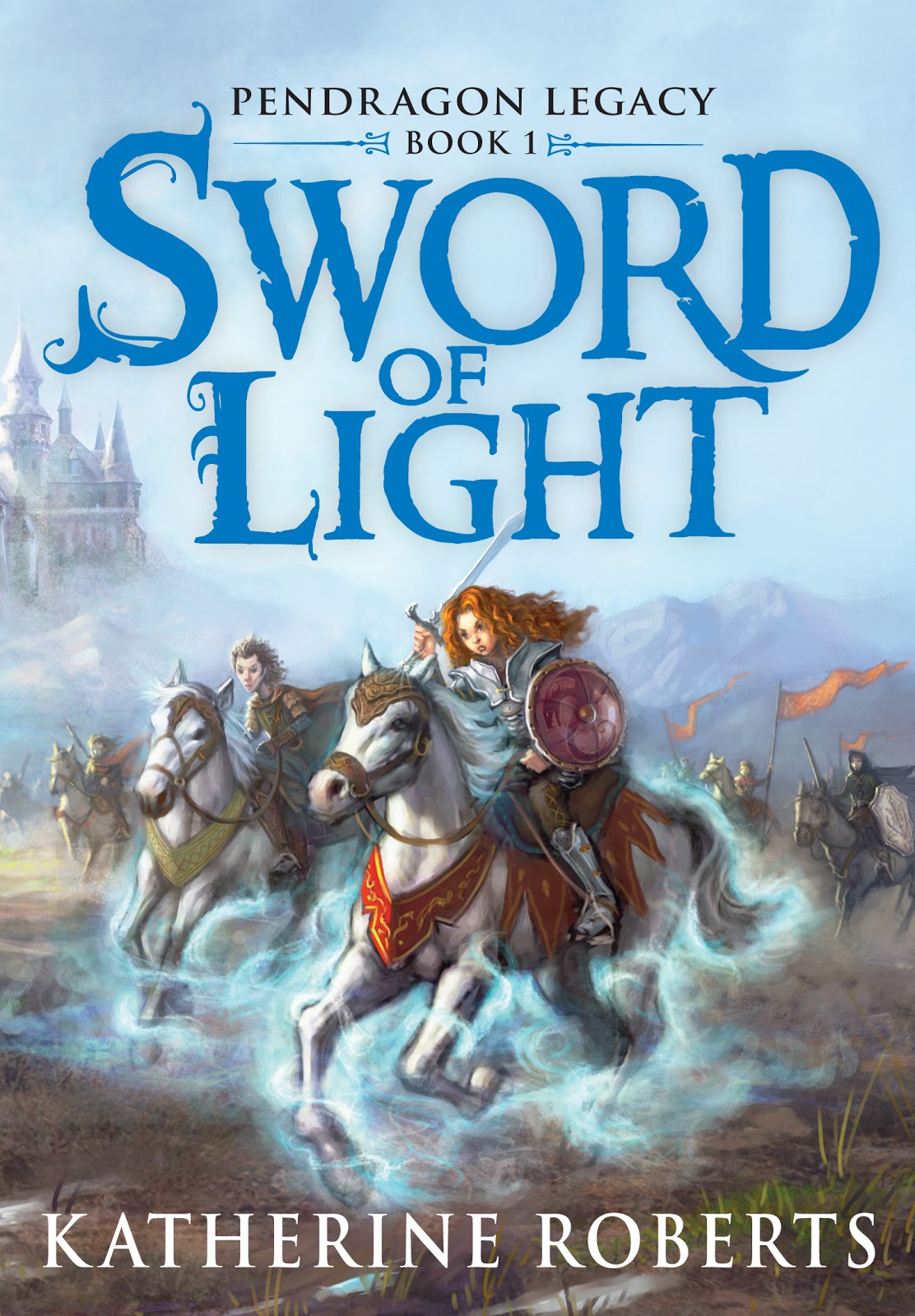That's my girl!
Keep up the good work Mudra.

Love from me
Brook
 Re: The Price of Our Comfortable Lives
Re: The Price of Our Comfortable Lives
 Re: The Price of Our Comfortable Lives
Re: The Price of Our Comfortable Lives
 Re: The Price of Our Comfortable Lives
Re: The Price of Our Comfortable Lives Re: The Price of Our Comfortable Lives
Re: The Price of Our Comfortable Lives Re: The Price of Our Comfortable Lives
Re: The Price of Our Comfortable Lives
 Re: The Price of Our Comfortable Lives
Re: The Price of Our Comfortable Lives
 Re: The Price of Our Comfortable Lives
Re: The Price of Our Comfortable LivesI didn't mean any "disrespect", actually, twas eye that came up with the phrase "Speak Your Mind" before "Google Stole It". Actually, I'm quite pleased at your "discreet response", as for Brook, I suppose the second mirror and not the third is all she can see. We all know here that I am far from a Spammer, actually, perhaps Dear Brook, I am a third mirror, which you choose not yet to see. Again, thank you Mudra, for your Love and your tact! Love from you is Love to you!
I didn't mean any "disrespect"
Aquaries1111 wrote:
Where's the Spice? Where's the Paprika? Is our curry so tasteless we only taste sweet fluffy marshmallows? I am fed up of fluffy marshmallows and Mudra's recipe's of boring old desserts, so dried up we need a cheer! Cheers!
Really, we need some good old common sense advisory! Do we need to read an article to tell us not to cross traffic when it is zooming? Do we need an article to tell us our Stocks are up or down? Who is dictating your financial affairs and your home grown tomatoes? Who is writing articles about the blessings that the Sun is giving to us and our crops? Seriously Mudra and Ortho, your opposites in my taste have no true taste. I like bitter Lemon. Can you taste it? Can you smell it? I can!
...twas eye that came up with the phrase "Speak Your Mind" before "Google Stole It".


 Re: The Price of Our Comfortable Lives
Re: The Price of Our Comfortable Livesmudra wrote:
Brook just stood by me as a call of heart from a human being to support another human being.
I appreciate that.
Love from me
mudra

 Re: The Price of Our Comfortable Lives
Re: The Price of Our Comfortable Lives

 Re: The Price of Our Comfortable Lives
Re: The Price of Our Comfortable Lives














 Re: The Price of Our Comfortable Lives
Re: The Price of Our Comfortable Livesmudra wrote:Brook
You wear the sword of justice in your heart bravely as a Samourai

Love for You
mudra
 Re: The Price of Our Comfortable Lives
Re: The Price of Our Comfortable Lives
 Re: The Price of Our Comfortable Lives
Re: The Price of Our Comfortable Lives
 Re: The Price of Our Comfortable Lives
Re: The Price of Our Comfortable Lives Re: The Price of Our Comfortable Lives
Re: The Price of Our Comfortable Lives
 Re: The Price of Our Comfortable Lives
Re: The Price of Our Comfortable Lives Re: The Price of Our Comfortable Lives
Re: The Price of Our Comfortable Lives
 Re: The Price of Our Comfortable Lives
Re: The Price of Our Comfortable Lives
 Re: The Price of Our Comfortable Lives
Re: The Price of Our Comfortable Lives Re: The Price of Our Comfortable Lives
Re: The Price of Our Comfortable Lives Re: The Price of Our Comfortable Lives
Re: The Price of Our Comfortable Lives Re: The Price of Our Comfortable Lives
Re: The Price of Our Comfortable Lives Re: The Price of Our Comfortable Lives
Re: The Price of Our Comfortable Lives Re: The Price of Our Comfortable Lives
Re: The Price of Our Comfortable Lives Re: The Price of Our Comfortable Lives
Re: The Price of Our Comfortable Lives